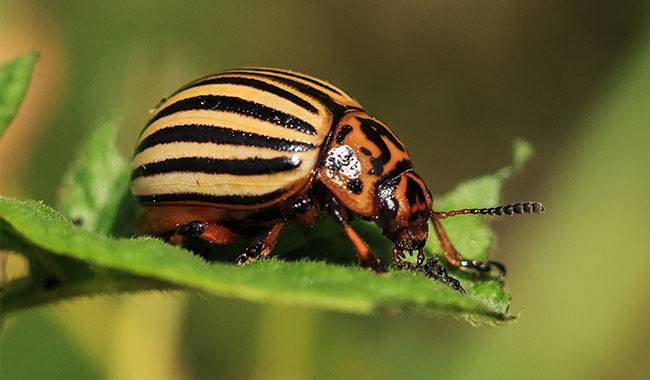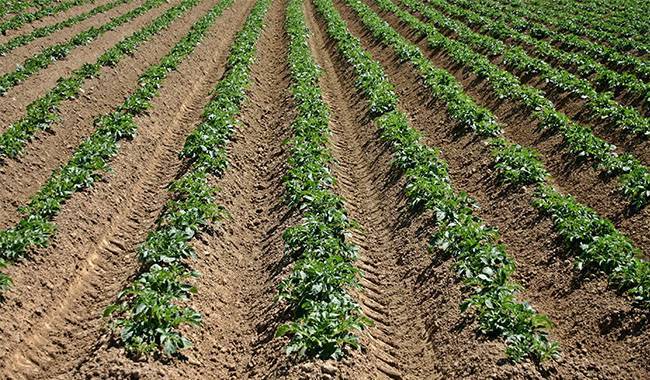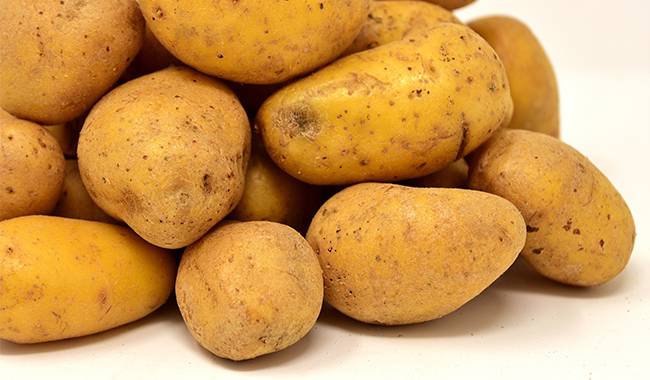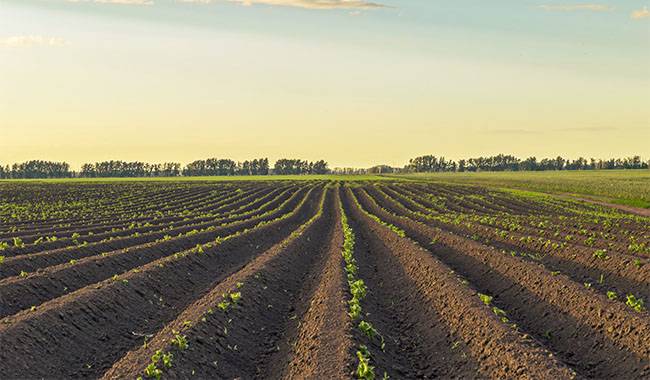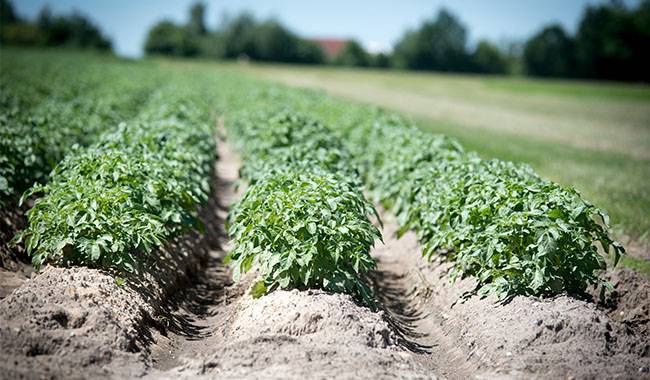
Most plants we sow or plant in the spring and it seems like we can already relax in the summertime. But experienced gardeners know that July is the time to plant vegetables for a later harvest and longer storage time.
This also applies to potatoes. Because tubers age quickly in the heat, early summer potato crops need to be harvested quickly.
So you’re better off harvesting quickly and not using them for a long time. But the second harvest is perfect for winter and spring potatoes.
BENEFITS OF GROWING POTATOES AGAIN
If you manage to grow potatoes a second time, you will get several benefits at the same time.
- Harvesting potatoes a second time, even if the roots are not fully developed, will allow you to grow a larger crop on the same farm.
- Late-maturing potatoes last longer and can feed you until spring.
- Second-harvested potato tubers produce the best quality planting material for the next season.
- Tubers planted in the summer and harvested in the fall do not sprout and their regrowth is much slower, which allows valuable potato varieties to last longer.
- For the second harvest, choose potato varieties that germinate faster and don’t need to spend a long time in the tractor so the tubers are stronger.
- Ripen at lower temperatures, and potatoes are less prone to diseases such as stem nematodes. Colorado potato beetle is already cold in September and peaks in early summer.
WHAT YOU NEED TO GROW POTATOES FOR A SECOND HARVEST
To be able to grow a second potato crop, you should consider your climate zone. The best areas for summer planting are the southern and central parts of the country, where there are at least 170 frost-free days per year.
Nighttime temperatures of 55°F (13°C) are sufficient for normal potato maturation.
For faster growth in the second planting, potatoes are best grown in a high heated bed. Warm beds also help protect potatoes from unexpected night frosts.
To better retain soil moisture, cover the soil with a layer of straw after hoeing the potatoes. Mulching potatoes planted during the hot summer months will also protect them from excessive heat.
Moss is a good form of mulch that also enriches the soil with nutritional microorganisms.
To protect potatoes from diseases, first of all from phytophthora, treat the planting material with phytophthora.
PLANTING POTATOES IN THE SECOND HARVEST
Replanting at the same time as the first harvest matures
Depending on the region, the first potatoes are planted in April and May. Early crops such as herbs, radishes, and early vegetables are planted in the adjacent plot areas.
Around the end of June-mid-July, after the harvest of mature early vegetables is in place, summer potatoes are planted for the second crop.
This option is suitable for colder regions so that you don’t have to wait for the potatoes planted in spring to mature. In this case, the potatoes are harvested with the first frost in September or early October.
Replanting potatoes from the first harvest
Potato varieties planted very early in the spring are ready for the first potato crop at the beginning of July. After carefully picking out the large potato tubers, leave the smaller tubers in the soil.
Dry, yellowed tops should be removed, leaving only the green with tubers. Cover the ungrown tubers with compost and soil, then plant the potatoes for a new harvest.
Transplanting potatoes between rows for the first harvest
If for some reason, the first potatoes must be planted later than usual, or if they are late maturing, the distance between rows should be about 27inch (70 cm).
This way, you won’t have to wait for the first harvest of summer potatoes to mature. And to get a second harvest of potatoes in the same bed at the beginning of July, plant the tubers that sprouted in June between the rows where the potatoes were planted.
Characteristics of care when planting the second potato crop
Before planting, the soil is watered so that it is well moistened to a depth of no more than half a meter. On hot summer days, when the soil dries out quickly, planted potatoes need extra water.
Measures should also be taken to protect young heads from phytophthora infestations. High temperatures and humidity encourage the rapid development of this fungal disease. The disease can be avoided by carefully selecting healthy potato bulbs for planting, changing crop rotation, and choosing phylloxera-resistant potato varieties.
If preventive measures do not help, potatoes can be treated with bio fungicides in the early stages of infection or with traditional phytophthora treatments.
Conditions for a good summer potato crop
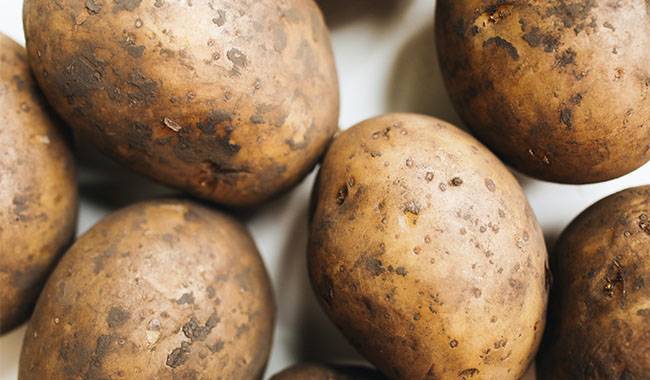
- Potatoes can be grown in any soil, but there should be no standing water.
- Potatoes grow best in slightly acidic soil.
- Organic fertilizer made from well-rotted manure or compost is sufficient to meet the potato’s nutritional needs.
- Excessive nitrogen fertilizer can promote crop growth but will reduce tuber yield.
- Increasing the amount of potassium (25 mg per 1 m2) before or during cultivation can significantly extend the shelf life of potatoes.
- To prevent soil “fatigue”, do not plant potatoes in the same location more often than every 3-4 years.
- Plant second-crop potatoes at greater distances – 16inch (40 cm) apart in rows and 27inch (70 cm) apart in rows.
Late second-crop potatoes in warm areas are harvested in October or even early November. Early frosts are not yet severe enough to damage the crop, and perhaps only slightly reduce it.
In case of early frosts, you can protect your potatoes by covering them with aluminum foil or fleece.
Dear reader If you haven’t had experience growing potatoes in the summer to get a second crop, you should definitely give it a try. With proper care, you will get an extra crop that will provide you with potatoes all year round.




